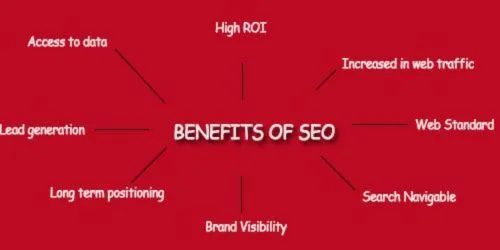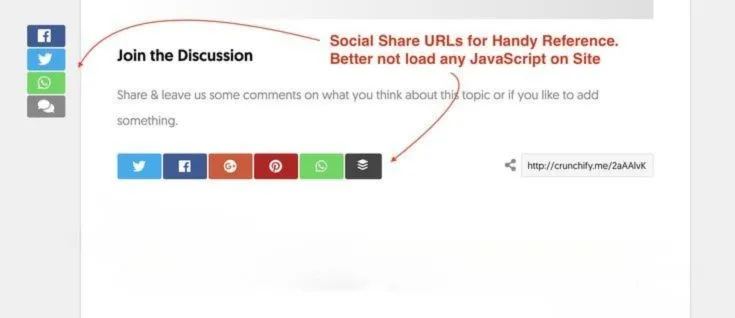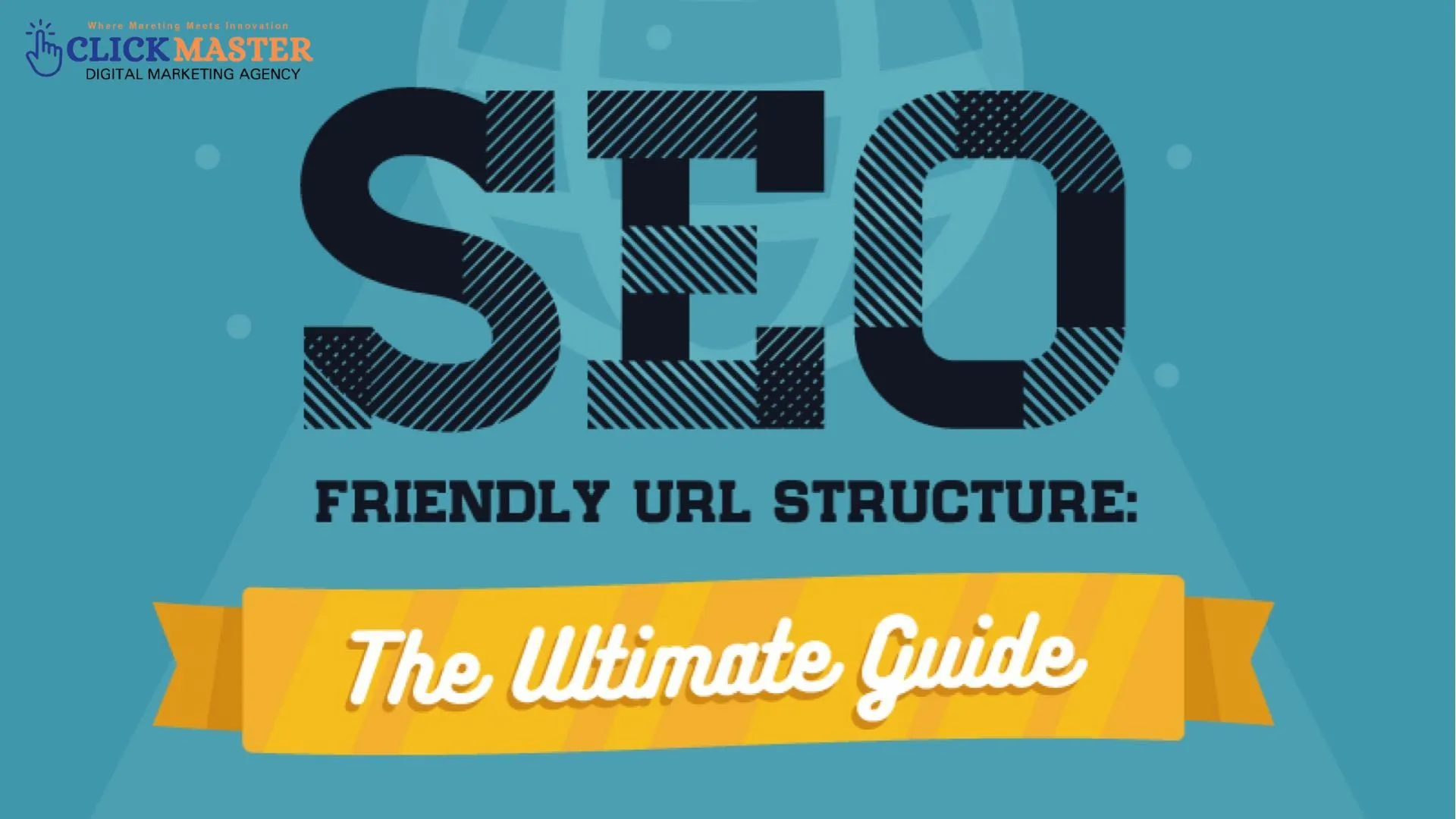Creating SEO-friendly URLs is fundamental in optimizing your website for search engines and enhancing user experience. A well-structured URL is not just a technical element of a website; it serves as a gateway that communicates your page’s content to users and search engines alike. Think of it as a digital address that helps both humans and algorithms understand where they are and what to expect on a specific page. A well-optimized URL can boost your search engine rankings, improve click-through rates, and make your content easier to share. Whether you’re a digital marketer, a web developer, or a business owner, understanding the principles of URL optimization is essential for a successful online presence.
What Is a URL?
A URL (Uniform Resource Locator) is a unique address used to locate resources on the internet, such as web pages, files, or services. It consists of several components: the protocol (e.g., HTTP or HTTPS), the domain name (e.g., www.example.com), and sometimes additional elements like a path, query parameters, or fragments. The protocol specifies how data is transferred, while the domain identifies the website. URLs are essential for accessing and sharing web content, serving as a bridge between users and online resources. They are standardized to ensure consistent and accessible navigation across the web.

The Importance of a Clean URL Structure
A clean URL structure is vital for user experience and SEO. It ensures URLs are simple, readable, and descriptive. Here’s why it matters:
Better User Experience
Readable and Descriptive URLs:
- Use human-readable, descriptive URLs that reflect the page content (e.g.,
example.com/products/shoesinstead ofexample.com/p12345). - Avoid excessive parameters and special characters.
Short and Clean Structure:
- Keep URLs concise and to the point, avoiding unnecessary words or nested directories.
- Use hyphens to separate words instead of underscores for better readability (e.g.,
example.com/quality-tips).
Consistency and Predictability:
- Maintain a consistent URL structure across the website for better navigation.
- Avoid frequent changes to URLs to ensure bookmarks and shared links remain valid.
SEO and Keyword Inclusion:
- Include relevant keywords in URLs to improve search engine ranking and user comprehension.
- Place the most important keywords at the beginning of the URL.

SEO Benefits
High ROI: SEO delivers long-term, cost-effective results by attracting quality leads actively searching for your products or services.
Increased Web Traffic: Higher search engine rankings lead to more organic traffic from relevant and targeted audiences.
Search Navigability: Optimized websites are easier for search engines and users to navigate, improving visibility and usability.
Enhanced Brand Visibility: Appearing on the first page of search results boosts your brand’s exposure and credibility.
Access to Valuable Data: SEO tools provide insights into customer behavior, preferences, and trends, enabling data-driven decisions.

Social Sharing and Memorability
Short and Simple: Use a concise and easy-to-remember URL. Avoid long strings or complex structures that are hard to type or recall.
Keyword-Rich: Incorporate relevant keywords that resonate with the content or purpose of the page, improving both SEO and recognition.
Customizable Sharing Previews: Optimize metadata (e.g., Open Graph tags) to ensure compelling titles, descriptions, and thumbnail images appear when the URL is shared on social media.
Branded Links: Use a custom domain or branded shortener (e.g., brand.ly/example) to build trust and reinforce your brand.
Call-to-Action Incentives: Pair the URL with a compelling call-to-action in social posts, making it more likely that users will share or click the link.

Key Features of SEO-Friendly URLs
1. Keep URLs Short and Simple
Avoid lengthy or overly complex URLs. A concise structure improves readability and makes it easier for users and search engines to process. Focus on clarity by removing unnecessary words or parameters.
2. Incorporate Relevant Keywords
Include primary keywords that reflect the content of your page. This helps search engines understand your page’s purpose and improves visibility for relevant search queries.
3. Use Hyphens, Not Underscores
Separate words with hyphens for better readability and SEO. Hyphens are preferred over underscores, which search engines may not interpret as word separators.
4. Avoid Special Characters and Dynamic Parameters
Minimize the use of symbols like @, %, or # in URLs. Static URLs are cleaner and more SEO-friendly compared to dynamic ones with multiple query strings.
5. Ensure HTTPS for Security
Use HTTPS to indicate a secure website, which builds user trust and is a ranking factor for search engines. A secure site improves overall SEO performance.
6. Reflect Logical Site Structure
Design URLs to represent the hierarchy of your site. Use categories and subcategories to guide users and search engines through your content efficiently.
How to Optimize Your URL Structure
Ensure URLs are Logical and Hierarchical: Reflect the site’s structure in the URL to make navigation intuitive for users and search engines.
Avoid Using Stop Words: Remove unnecessary words like “and,” “or,” “the,” etc., to keep URLs concise while maintaining clarity.
Implement a Consistent Format: Use a consistent naming convention, such as lowercase letters and clear directory structures, across all URLs.
Redirect Old or Broken URLs: Use 301 redirects for outdated or broken URLs to maintain traffic and preserve SEO value.
URL Links and Their Role in SEO
URL links play a critical role in search engine optimization (SEO) by guiding search engines and users to relevant content. Optimized URLs that are concise, descriptive, and include target keywords improve ranking potential and click-through rates. Internal linking strengthens site structure, helping search engines understand content hierarchy and context. Backlinks from authoritative sites boost credibility and domain authority. Proper use of canonical links prevents duplicate content issues, preserving SEO value. A well-structured URL strategy enhances discoverability and user experience, making it a cornerstone of effective SEO practices.

How Our Agency Boosts Your Website Traffic
SEO That Brings Long-Term Success
Transform Your Traffic into Loyal Customers
SEO Strategies for Sustainable Growth
Mistakes to Avoid When Crafting URLs
1. Using Complex or Long URLs
- Mistake: Including unnecessary parameters, long strings of random characters, or overly detailed folder structures.
- Fix: Keep URLs concise and readable. Use descriptive words that reflect the page’s content.
2. Ignoring Keywords
- Mistake: Failing to incorporate relevant keywords that align with search intent.
- Fix: Use primary keywords naturally within the URL to improve SEO and clarity.
3. Including Stop Words
- Mistake: Adding unnecessary words like “and,” “or,” “the,” and “of.”
- Fix: Remove stop words unless they are essential to the meaning of the URL.
4. Using Uppercase Letters
- Mistake: Mixing uppercase and lowercase letters, can create duplicate content issues on some servers.
- Fix: Always use lowercase letters for consistency and to avoid confusion.
5. Overusing Special Characters
- Mistake: Incorporating symbols like
&,%,@, or spaces, which can lead to encoding issues. - Fix: Stick to hyphens (
-) to separate words and avoid special characters unless necessary.
6. Neglecting Redirects After URL Changes
- Mistake: Changing URLs without setting up proper 301 redirects, leading to broken links and loss of traffic.
- Fix: Implement 301 redirects to ensure users and search engines are directed to the updated URL.
Examples of SEO-Friendly URLs
Blog Post
SEO-Friendly URL: https://www.example.com/10-tips-for-seo-success
- Why it works:
- Includes primary keywords (“SEO Success”).
- Uses hyphens to separate words for better readability.
- Keeps it concise and relevant.
Product Page
SEO-Friendly URL: https://www.example.com/shop/wireless-bluetooth-headphones
- Why it works:
- Identifies the product (“Wireless Bluetooth Headphones”).
- Organized in a logical hierarchy (
/shop/). - Avoids unnecessary parameters or session IDs.
Service Page
SEO-Friendly URL: https://www.example.com/services/digital-marketing-strategy
- Why it works:
- Highlights the service (“Digital Marketing Strategy”).
- Clean and descriptive for users and search engines.
- Avoids stop words or redundant characters.
Monitoring URL Performance
- Google Analytics: Track user behavior, bounce rates, conversion rates, and session durations for individual URLs.
- Google Search Console: Monitor URL-specific impressions, clicks, CTR, and keyword rankings to assess search performance.
- Page Speed Insights: Analyze page load speed and Core Web Vitals for URLs to improve user experience and ranking potential.
- Error Monitoring: Regularly check for crawl errors, broken links, and HTTP status codes affecting URL accessibility.
Conclusion
Crafting SEO-friendly URLs is critical to your website’s overall optimization strategy. By maintaining a clean and organized URL structure, incorporating keywords naturally, and avoiding common pitfalls, you can improve your search engine rankings and user experience. Start optimizing your URLs today to unlock the full potential of your website!
FAQs
Why are SEO-friendly URLs important?
SEO-friendly URLs improve your site’s visibility on search engines, enhance user experience by providing precise and descriptive links, and boost click-through rates by making URLs more appealing and trustworthy.
Can I use numbers in SEO-friendly URLs?
You can use numbers if they add value to the URL, such as in a blog title like www.example.com/top-10-seo-tips. Avoid meaningless or random numbers, as they do not help search engines or users.
How often should I update my URLs for SEO purposes?
Avoid changing URLs frequently unless necessary, such as during a site redesign or to fix structural issues. Frequent changes can break links and hurt SEO. If you must update a URL, implement proper 301 redirects.
Do special characters in URLs affect SEO?
Special characters like #, &, or % can confuse search engines and users. They can also cause issues with URL parsing. Stick to alphanumeric characters, hyphens, and forward slashes for best results.
What tools can help in creating SEO-friendly URLs?
Tools like Yoast SEO (for WordPress), Screaming Frog (for technical SEO audits), and Google Search Console (for monitoring indexing and crawling issues) are excellent for creating and optimizing SEO-friendly URLs.








